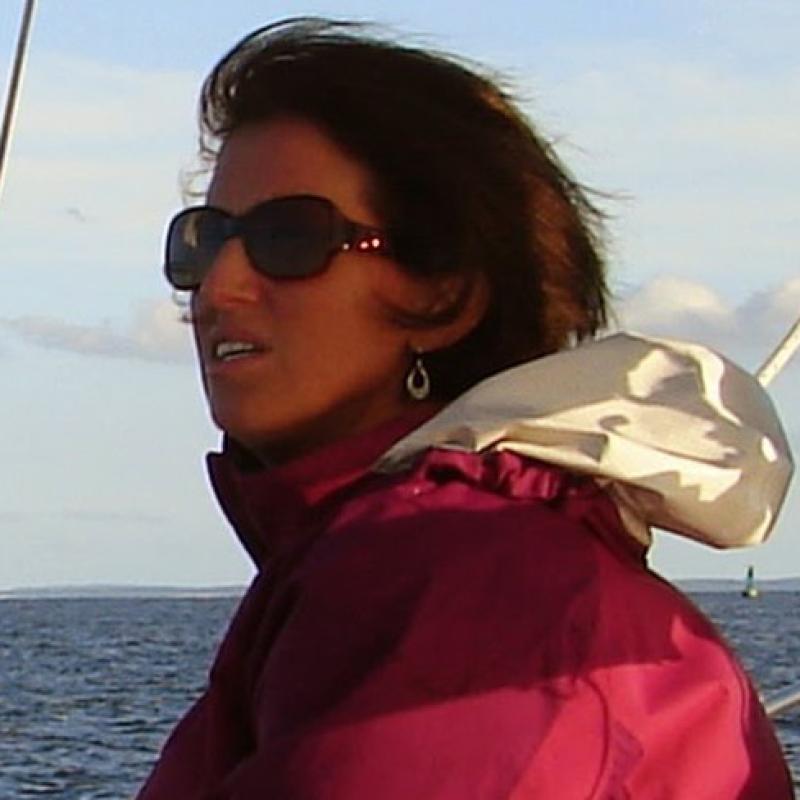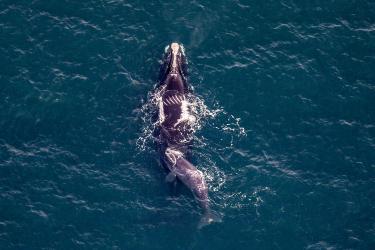It’s spring bottom trawl time on the NOAA Ship Henry B. Bigelow, a 209-foot research ship operated by NOAA’s Office of Marine and Aviation Operations. NOAA’s Northeast Fisheries Science Center runs a multispecies bottom trawl survey in the spring and the fall on the Bigelow from North Carolina to Canada. The survey samples marine fish, conducts seafloor mapping, and takes plankton, water temperature, salinity, oxygen, and light measurements throughout the water column. These measurements help us document ecosystem changes. Did the number of fish increase or decrease compared to last year? Are the waters warming? Are fish moving to cooler waters? Are there more plankton blooms? This research program helps us understand how quickly fish grow and change year to year. It also finds new and rare species. These data are used with other datasets to estimate how many fish there are to inform sustainable fisheries management.
I hopped on board the Bigelow for the spring bottom trawl survey 10 days ago. I joined a team of 15 scientists, led by a highly skilled chief scientist, to sail for 20 days of a 60-day research cruise. Each 60-day cruise is broken into smaller chunks called “legs.” The legs can be different lengths of time. Right now each leg is about 3 weeks long. During leg 1 we are sampling from North Carolina to Long Island, New York.
The scientists are divided into two groups of seven: a watch chief and six biologists. Each group works a 12-hour shift, or “watch.” I’m on the day watch from noon to midnight, which is a pretty easy adjustment from a normal work day. I like to quickly develop a routine when I’m on a ship, so I wake up by 9:00 a.m., head to the gym by 9:15, shower, take a walk outside, and then eat promptly when the galley opens for lunch at 11:00. I’m on watch no later than 11:30 to relieve the night watch who is finishing up their midnight-to-noon shift. Since my breakfast is when lunch is being served, yesterday I had a burger for breakfast!
I’m fascinated by trawling. From setting out the fishing net to hauling back, the trawl operations are carefully monitored to ensure proper trawl performance. That way we can be sure that the trawl net is fishing in a consistent manner at each station and we can compare our catches year to year.
When the net comes on board, we dump the catch into a checker—a large metal box to hold the fish. Then we feed the catch onto a conveyor belt. The biologists line up along each side of the belt and sort the catch by species. That’s when we see what we caught. After sorting, the biologists go to processing stations to measure the length of each fish. Some fish are also measured for sex, weight, age, and what they have eaten. Some of my favorite species so far include the rosette skate and the monkfish. The rosette skate has a pretty color pattern and the monkfish has an enormous, stretchy stomach. Because we sample water depths as shallow as 50 feet to as deep as 900 feet, we see an amazing diversity of species.
I just finished my watch and I’m looking forward to lasagna for breakfast tomorrow!





